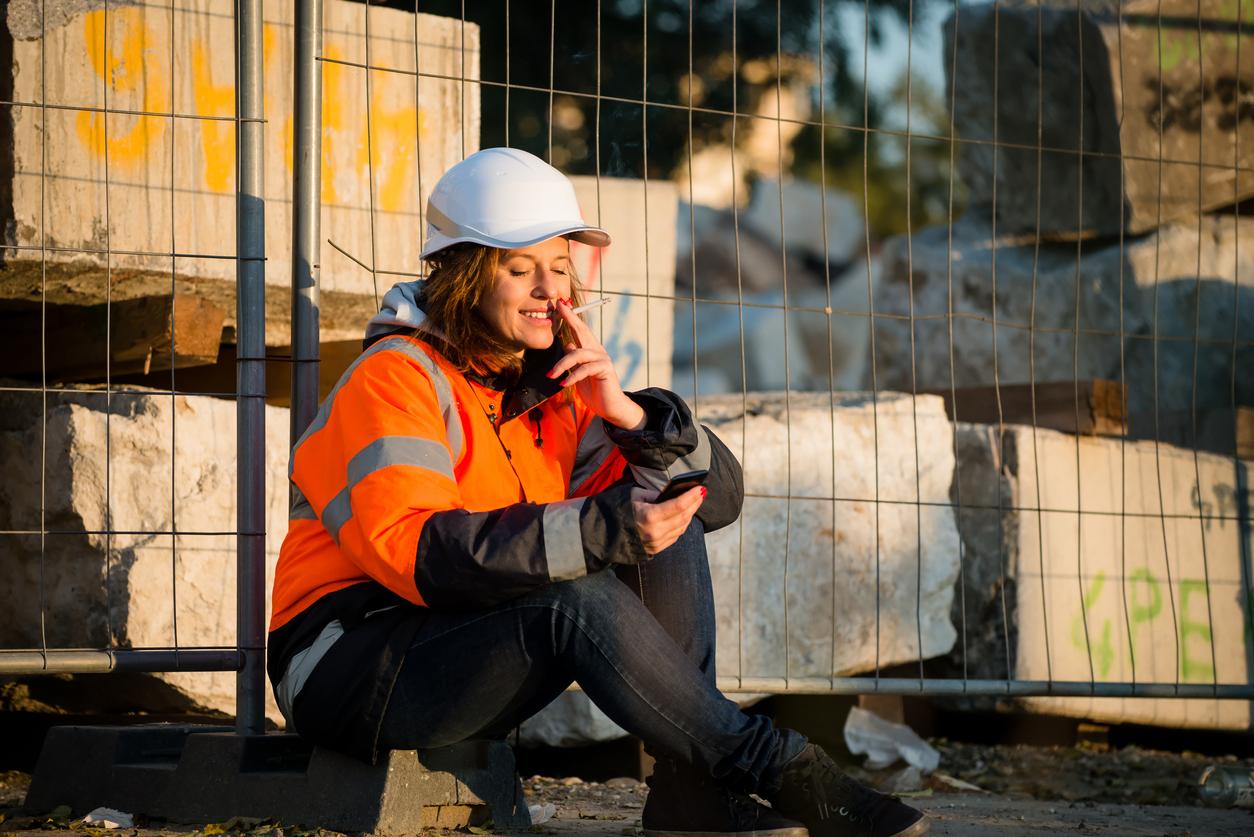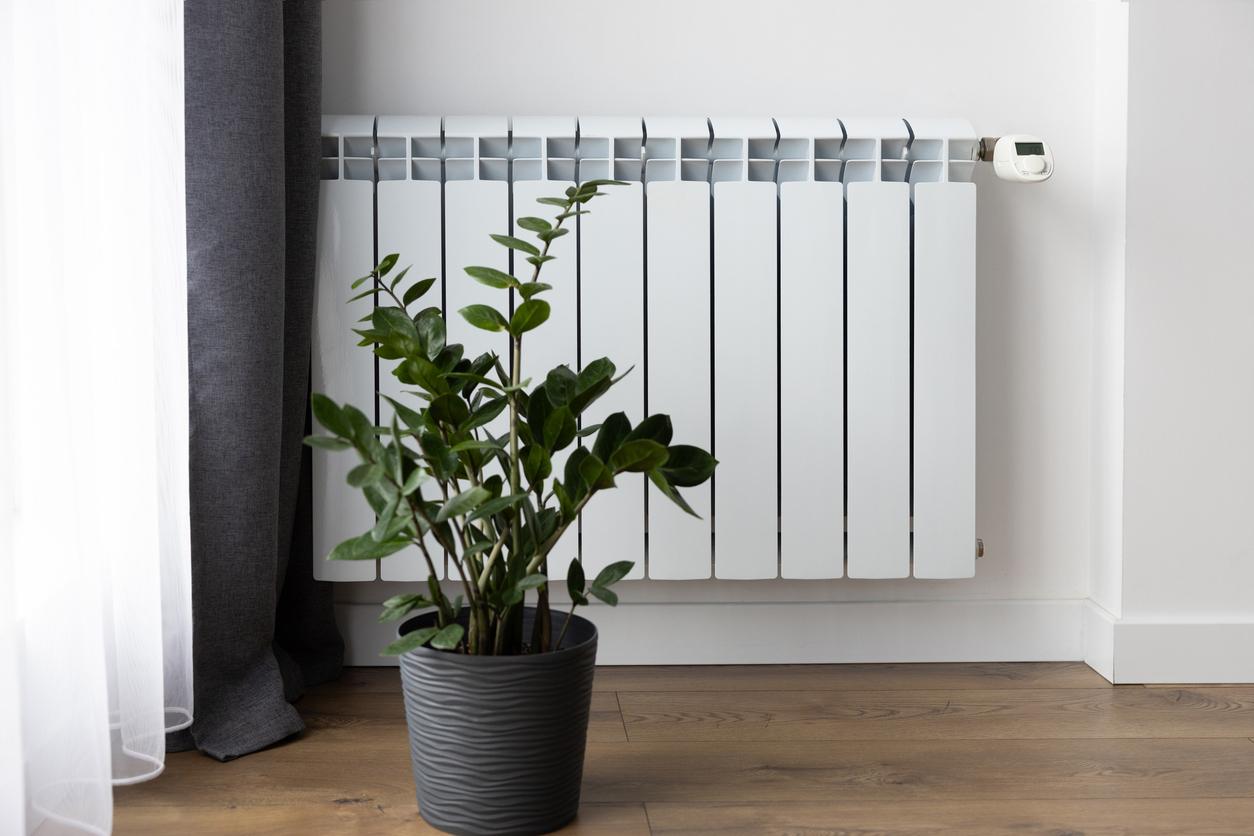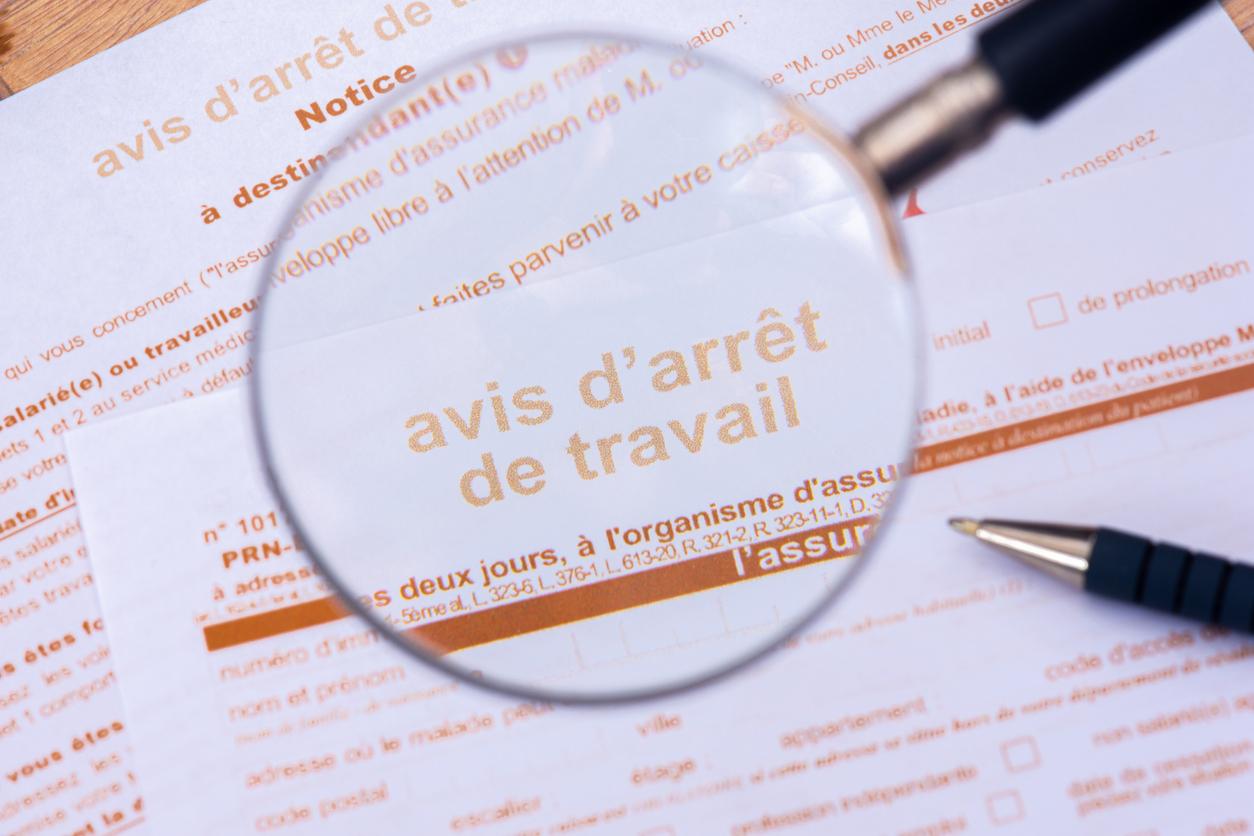There is no temperature defined in the law from which it is forbidden to work. However, working conditions must allow employees to perform their tasks in good conditions.

When the thermometer exceeds 35°C, work becomes difficult. Especially when your workplace is not air conditioned, and especially for those who do outdoor work. In certain situations, it is possible to use the right of withdrawal, if the employer does not put in place the conditions necessary for the safety and health of the employees and this constitutes a serious or imminent danger. If this is the case, the employee can leave his position, without risk of sanction or loss of salary. The website Juriwork gives the fictitious example of Marc, an order picker: “The rhythm is intense, in a warehouse in which the interior temperature exceeds 33 degrees and in which there is no air conditioning or ventilation. Her employer does not provide her with water. The risks of discomfort and loss of consciousness are high. There is potentially a serious and imminent danger to his health.” In this specific situation, the employee can exercise his right of withdrawal, and the employer must take the necessary measures to adapt the working conditions.
Water is mandatory!
A company is obliged to assess the risks to the health and safety of its employees. Heat is one of the phenomena that can make work difficult, so it must adapt the working conditions. But it must also provide access to drinking and fresh water to its employees. In the construction and public works sector, the obligations are different: employees must have at their disposal at least three liters of water per day. Cool premises must be accessible to workers in this sector; if this is not possible, working hours must be arranged to avoid working during the hottest hours of the day.
In other professional areas, air conditioning is not mandatory, but the air must be renewed regularly and the space well ventilated.
Can I come to work in shorts?
There is a great temptation to come to work in a skirt or shorts when the temperatures are high. If this is not a problem in some sectors, it is more complicated for others. There there is no general prohibition in the labor code, but it depends on the branches. When working conditions are dangerous, such as in construction, there is an obligation to wear certain clothing for safety reasons. The employer can also require you to wear a specific outfit because you are in contact with customers, and the image of the company depends on it.
A few tips for better support
To protect yourself from the heat, it is recommended that you move into an air-conditioned space as soon as you can, during the lunch break for example, to dress less warmly, to drink water regularly and to use a fogger. If your employer accepts it, teleworking can be a solution to avoid exposure to high temperatures, especially if you have to take public transport.
.














